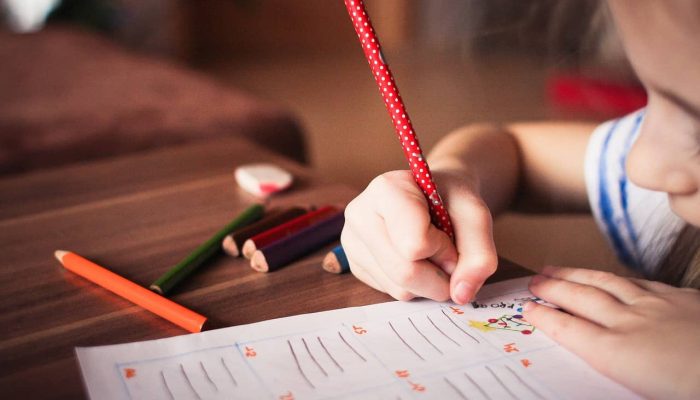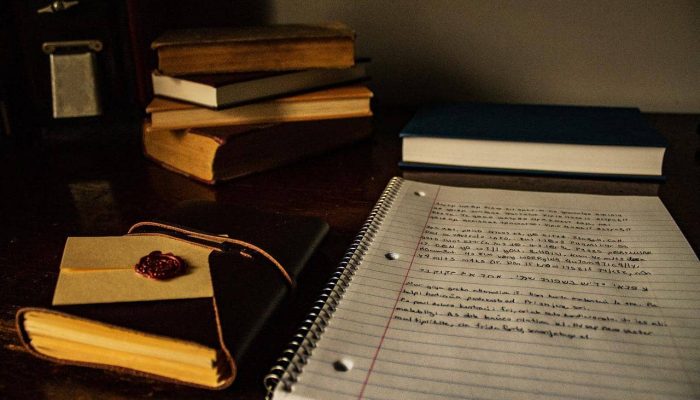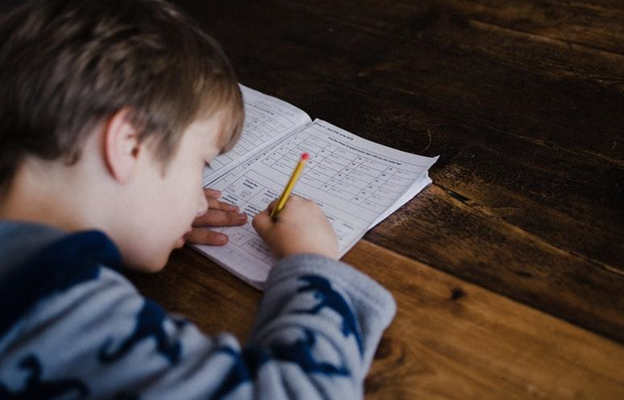In mathematical techniques, the Combination Formula is a technique of selection where we can determine the most possible arrangements among a group of items. In this technique, the order of selection doesn’t matter. However, you can select as many items as you want in any order. This is why we also can call the Combination formula, the formula of selection. The combination formula and probability was introduced in the early 17th century when games of chances started to pop up. French mathematicians Blaise Pascal and Pierre de Fermat were the first people who introduced this mathematical technique.
What is the Combination Formula?
Combination Formula Definition
A combination Formula is a technique, where we determine the possible numbers of arrangements from a certain number of items or numbers.
However, the combination formula helps us choose a required item from a collection of items. With the help of a combination method, we can form a subset without replacing any number or item.
The number of different combinations of “r” objects from “n” distinct objects is represented by :
nCr = C(n,r) = n! / r! × (n – r)!
Where,
- 0 ≤ r ≤ n.
- n denotes the total number of elements present in a set.
- k denotes the number of selected objects from the set.
- ! Stands for factorial
Factorial (noted as “!”) represents all positive integers less or equal to the number present in front of the factorial sign. For example, 4! = 1 x 2 x 3 x 4 = 24
Note: The above-mentioned formula can be used only when we select the objects from a set without repetition.
However, the combination formula determines the combination of r things taken from n at a time without repetition.
As an example, if you have four types of paints (n = 4) in your hand and you can choose only three (r = 3), hence, the number of ways to choose the paints with repetition can be calculated as 4C3.
Combination Formula Properties
- nCr is a natural number.
- nC0 = (nCn) = 1
- nC1 = n
- nCr = nCn-r
- nCx = nCy means, x = y or, x+y = n
- n (n-1Cr-1) = (n – r + 1) × nCr-1
- nCr = (n/r)×(n-1Cr-1)
- (nCr / nCr-1) = (n-r+1) / r
- nC0 + nC1 + nC3 + …… + nCn = 2^n
- nC0 + nC2 +…. = nC1 + nC2 +…. = 2^(n-1)
- (2n+1)C0 + (2n+1)C1 + … + (2n+1)Cn = 2^2n
- on + (n-1)Cn + ….. + (2n-1)Cn = 2nCn+1
Combination Formula mathematical example
1) Mr. Smith is the chair of a committee. How many ways can a committee of 4 be chosen from 9 people given that Mr. Smith must be one of the people selected?
Ans.
We already chose Mr Smith, so we need to choose another 3 from 8 people. In choosing a committee, the order doesn’t matter, so we need the combination without repetition formula.
Hence, according to the combination formula,
n! / {r! (n-r)!} = 8! / 3!(8-3)! = 56 ways.
2) A student has to answer 10 questions, choosing at least 4 from each of Parts A and B. If there are 6 questions in Part A and 7 in Part B, in how many ways can the student choose 10 questions?
Ans. The possibilities are:
4 from Part A and 6 from Part B
or 5 from Part A and 5 from Part B
or 6 from Part A and 4 from Part B.
Therefore, according to the combination formula, the required number of ways is
6C4 × 7C6 + 6C5 × 7C5 + 6C6 × 7C4 = 105 + 126 + 35 = 266
3) A boy has 3 library tickets and 8 books of his interest in the library. Of these 8, he does not want to borrow Mathematics Part II, unless Mathematics Part I is also borrowed. In how many ways can he choose the three books to be borrowed?
Ans. Let us make the following cases:
According to the combination formula,
Case (i)
Boy borrows Mathematics Part II, then he borrows Mathematics Part I also.
So the number of possible choices is 6C1
= 6.
Case (ii)
Boy does not borrow Mathematics Part II, then the number of possible choices is 7C3 = 35.
Hence, the total number of possible choices is 35 + 6 = 41.
4) In how many ways can a committee consisting of 3 men and 2 women choose from 7 men and 5 women?
(A) 45
(B) 350
(C) 4200
(D) 230
Ans. (B) is the correct choice.
According to the combination formula, out of 7 men, 3 men can be chosen in 7C3 ways, and out of 5 women, 2 women can be chosen in 5C2 ways.
Hence, the committee can be chosen in 7C3 × 5C2 = 350 ways.
5) In a small village, there are 87 families, of which 52 families have almost 2 children. In the same way a rural development program, 20 families are to be chosen for assistance, of which at least 18 families must have at most 2 children. Now, in how many ways can the choice be made?
Ans. It is given that out of 87 families, 52 families have at most 2 children so the other 35 families are of other types. However, according to the question, for the rural development
program, 20 families are to be chosen for assistance, of which at least 18 families must have at most 2 children. Thus, the following are the number of possible choices:
52C18 × 35C2 (18 families having at most 2 children and 2 selected from other types of families)
Now, 52C19 × 35C1(19 families having at most 2 children and 1 selected from other types of families)
Similarly, 52C20 (All selected 20 families having at most 2 children)
Hence, according to the combination formula, the total number of possible choices is
52C18 × 35C2 + 52C19 × 35C1 + 52C20
Combinations with Repetition
Assume that we have a set A with n elements. Any selection of r objects from A, where each object can be selected more than once, is called a combination of n objects taken r at a time with repetition. However, for instance, the combinations of the letters a, b, c, d took 3 at a time with repetition are: aaa, aab, aac, aad, abb, abc, abd, acc, acd, add, dbb, bbc, bbd, bcc, bcd, bdd, ccc, ccd, cdd, ddd. Now, we consider two combinations with repetition as identical if they have the same elements repeated the same number of times, regardless of their order.
Note that the following are equivalent:
- The number of combinations of n objects taken r at a time with repetition.
- The number of ways r identical objects can be distributed among
n distinct containers.
- Now, the number of nonnegative integer solutions of the equation:
x1 + x2 + · · · +inn = r.
However, the formula of combination doesn’t allow repetition.
Ex.1 A certain password consists of 3 different letters of the alphabet where each letter is used only once. How many different possible passwords are there?
Ans.
The order does matter in a password, and the problem specifies that you cannot repeat letters. So, you need permutations without repetition formulas.
Hence, the number of permutations of 3 letters chosen from 26 is
n! / (n-r)! = 26! / (26-3)! = 15,600 passwords.
Read Also: Abyssal Zone: Definition & Examples
FAQs
Q. How do you calculate combinations?
Ans. nCr = n! / r! * (n – r)! Is the formula for solving problems.
Q. What is a combination formula?
Ans. Combination formula is a mathematical technique of determining a possible number of arrangements in a collection of items.




